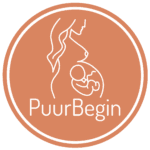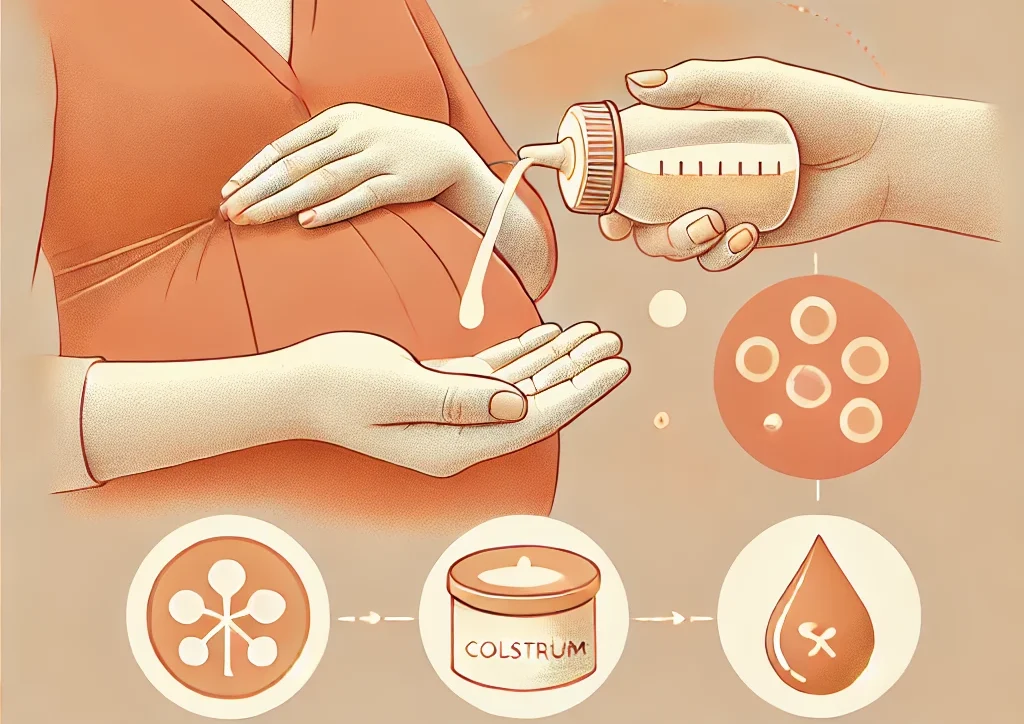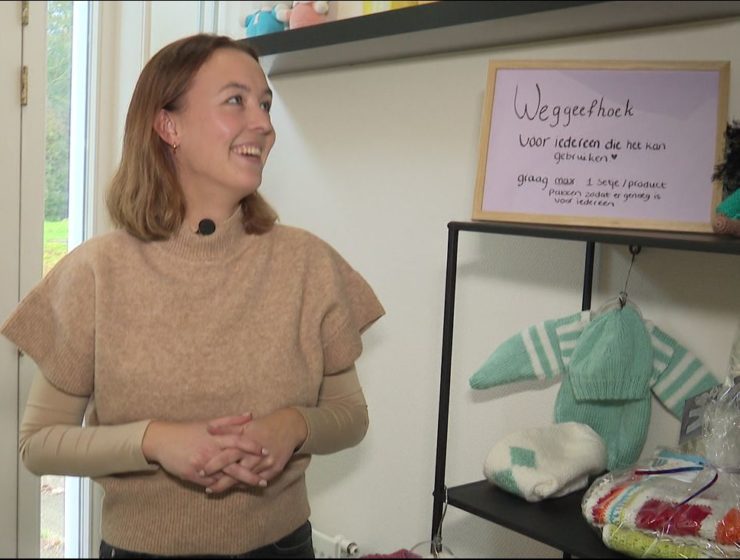Een slimme start voor borstvoeding
Bij Verloskundigen PuurBegin in Kampen helpen we je graag met alles rond je zwangerschap en de tijd daarna. Vandaag praten we over prenataal kolven, een handige manier om je voor te bereiden op borstvoeding. Het betekent dat je alvast colostrum afkolft vóór je bevalling, zodat je een kleine voorraad hebt voor je baby. Misschien heb je er al eens van gehoord of misschien is het helemaal nieuw voor je. Geen zorgen, we leggen het je stap voor stap uit. Het kan een fijne borstvoeding voorbereiding zijn, vooral in bepaalde situaties. Voel je gerust, je bent niet alleen in dit avontuur. Wij zijn er om je te steunen, dus lees lekker verder en ontdek wat prenataal kolven voor jou kan betekenen!
Wat is prenataal kolven precies?
Even simpel: prenataal kolven is het met je handen afkolven van colostrum, die eerste voedzame melk, terwijl je nog zwanger bent. Meestal begin je rond week 36 of 37 van je zwangerschap. Colostrum is goud waard: het zit vol met goede stoffen die je baby sterk maken. Door het alvast te verzamelen, heb je een voorraadje klaar voor na de geboorte. Het is geen must voor iedereen, maar het kan je een voorsprong geven als je denkt dat je kleintje extra melk nodig heeft. Denk aan een paar druppels tot een klein spuitje – meer heb je vaak niet nodig in het begin. Wij vinden het een slimme manier om je klaar te stomen voor die eerste dagen als mama. Hoe fijn is het om alvast iets in handen te hebben?
Waarom zou je het doen?
Prenataal kolven is niet voor elke zwangere, maar in sommige gevallen echt een uitkomst. Stel, je hebt diabetes of zwangerschapsdiabetes, dan kan je baby een lage bloedsuiker krijgen na de geboorte. Een klein beetje colostrum helpt dan meteen. Of misschien staat er een keizersnede gepland, waardoor je melkproductie wat later start. Ook bij een tweeling of meerling kan het handig zijn, omdat je dan extra melk nodig hebt. Heb je een hoog BMI, boven de 40 of had je eerder moeite met genoeg melk maken? Dan kan dit je een steuntje in de rug geven. Het is ook fijn als je gewoon wat zekerder wilt beginnen aan borstvoeding. Samen kunnen we kijken of het bij jou past – wat denk jij?
Wanneer begin je ermee?
De meeste vrouwen starten rond week 36 of 37, als je zwangerschap stabiel is. Dat is een veilige tijd, want je bent dan dicht bij je uitgerekende datum. Maar het is niet iets wat je zomaar doet zonder overleg. Heb je eerder weeën gehad, bloedverlies of ligt je placenta laag? Dan wachten we liever even. Hetzelfde geldt als je baby minder beweegt of niet goed groeit – veiligheid gaat voor. Bij Verloskundigen PuurBegin in Kampen nemen we de tijd om dit met je te bespreken. We kijken samen naar jouw situatie en bepalen wat slim is. Het is geen haastklus, dus neem je tijd om te voelen of het iets voor je is. Wanneer denk jij dat je er klaar voor bent?
Hoe werkt het in je lichaam?
Als je prenataal kolft, stimuleer je je borsten alvast om melk te maken. Door met je handen te drukken, komt er een stofje vrij dat je lichaam vertelt: “Hé, straks komt er een baby die melk nodig heeft!” Dat helpt je melkproductie na de bevalling sneller op gang. Colostrum komt vaak in kleine beetjes, soms maar een paar druppels en dat is normaal. Het is dik en plakkerig, vol met alles wat je baby nodig heeft in die eerste uren. Het mooie is dat je ook alvast oefent met je handen, zodat je na de geboorte precies weet hoe het voelt. Het is een beetje alsof je je borsten eenwarming-up geeft.
Zo doe je het stap voor stap
Klaar om te beginnen? Het is makkelijker dan je denkt. Zoek een rustige plek, was je handen goed en leg eventueel een warme doek op je borsten om alles losser te maken. Gebruik dan je duim en wijsvinger: zet ze zo’n 2,5 tot 4 centimeter van je tepel, maak een C-vorm en druk ritmisch naar je ribben toe. Wissel na een paar minuten van borst. Begin met 2-3 keer per dag, 3-5 minuten per kant. Na een week kun je het opbouwen naar 5-10 minuten. Geen zorgen als je weinig ziet – dat komt vanzelf. Bewaar wat je afkolft in een schoon spuitje en vries het in. Lukt het niet meteen? We laten het je graag zien!
Wat doe je met de melk?
Als je colostrum hebt afgekolfd, vang je het op met een schone lepel of een klein bakje. Trek het daarna in een spuitje van 1 of 5 milliliter – dat werkt het handigst. Schrijf je de datum en het tijdstip erop, doe het in een afgesloten zakje of doosje en leg het in de vriezer. Na de bevalling haal je het eruit en laat je het langzaam ontdooien in de koelkast. Je kunt het dan met een spuitje aan je baby geven. Gooi wat overblijft na 24 uur weg of na 1 uur als je het direct verwarmt. Zo heb je altijd een klein voorraadje klaar.
Wat zijn de voordelen?
Prenataal kolven heeft echt wat moois te bieden. Het geeft je een voorraadje colostrum, zodat je baby meteen iets krijgt als hij of zij het nodig heeft. Dat kan fijn zijn als je niet direct kunt voeden, bijvoorbeeld na een operatie. Het helpt ook je melkproductie sneller te starten na de bevalling, omdat je borsten al “wakker” zijn. Plus, je leert je eigen handen te gebruiken, wat je zelfvertrouwen geeft voor later. En wist je dat het je baby kan beschermen tegen een dipje in bloedsuiker? Het is een kleine moeite met een groot effect. Samen kunnen we zorgen dat je goed voorbereid bent.
Zijn er ook nadelen?
Maak je geen zorgen, de risico’s zijn klein als je het goed doet. Sommige vrouwen krijgen lichte krampen, omdat je borsten een stofje aanmaken dat weeën kan opwekken. Dat is normaal en meestal geen issue na week 36, maar stop als het te veel wordt en bel ons even. Het kost ook wat tijd en geduld, vooral in het begin als je мало melk ziet. En ja, het vraagt om hygiëne – alles moet schoon zijn om je melk goed te houden. Maar met een beetje oefening is het goed te doen. Wij vinden het vooral belangrijk dat jij je er prettig bij voelt. Wat denk jij ervan?
Voor wie is het hiet geschikt?
Prenataal kolven past niet bij iedereen. Heb je eerder een te vroege bevalling gehad of voel je nu al weeën? Dan slaan we het liever over. Ook als je bloedverlies hebt, je placenta laag ligt of je baby niet goed groeit, wachten we liever. Hetzelfde geldt als je minder beweging voelt – dan willen we eerst checken hoe het met je kleintje gaat. Bij Verloskundigen PuurBegin nemen we dit serieus en kijken we samen wat veilig is voor jou. Het is geen must, maar een extraatje voor wie het nodig heeft. Twijfel je? Geef ons een belletje, we denken graag met je mee.
Praktische tips om te starten
Hier een paar handige ideetjes om het makkelijk te maken: neem een warm bad of douche voor je begint, dat helpt de melk loskomen. Blijf ontspannen – zet een muziekje op of adem diep. Verwacht niet meteen veel; een paar druppels is al top. Gebruik een spiegel om te zien wat je doet, dat maakt het minder onwennig. En doe het op jouw moment, bijvoorbeeld ’s avonds als je rustig bent. Oefen een paar keer zonder druk, gewoon om te wennen. Het is normaal als het even duurt voor je het onder de knie hebt. Samen kunnen we dit een fijne routine maken – hoe klinkt dat?
Wanneer bel je ons?
We staan altijd voor je klaar, zeker als je iets voelt wat niet klopt. Bel ons als je krampen krijgt die niet stoppen of als je minder beweging voelt van je baby. Ook als je bloedverlies hebt of gewoon onzeker bent over het kolven – geen vraag is te klein. Liever een extra check dan dat je met zorgen zit, toch? Bij Verloskundigen PuurBegin in Kampen zijn we dag en nacht bereikbaar. We vinden het belangrijk dat jij je goed voelt, dus aarzel niet om contact op te nemen. Wat zou jij doen als je even wilt kletsen?
Jouw start met prenataal kolven
Even alles op een rijtje: prenataal kolven is een slimme manier om je voor te bereiden op borstvoeding door colostrum af te kolven. Het geeft je rust, een voorraadje en een voorsprong op je melkproductie. Of je het nu doet vanwege diabetes, een keizersnede of gewoon voor de zekerheid, het kan een fijne borstvoeding voorbereiding zijn. Wij hopen dat je met deze info een goed beeld hebt en je gesteund voelt. Heb je zin om te starten of wil je meer weten? Bel ons gerust, we zijn er voor je. Deze blog is bedoeld om je te informeren, niet als medisch advies. Overleg altijd met je verloskundige voor je begint. Tot gauw bij Verloskundigen PuurBegin!
Blijf op de hoogte!
Volg ons op social media voor het laatste nieuws en een kijkje achter de schermen bij Verloskundigen PuurBegin in Kampen. Ontdek de dagelijkse avonturen van onze verloskundigen, waardevolle tips voor aanstaande ouders en inspirerende verhalen uit de praktijk. Klik op de onderstaande knoppen en blijf verbonden met ons hartverwarmende team!
 |
 |
Neem zorg voor jezelf en je kleintje!
Met lieve groeten,
Verloskundigen PuurBegin
Adres: Orkestlaan 148, 8265RC Kampen
Telefoon: 085 40 19 095








